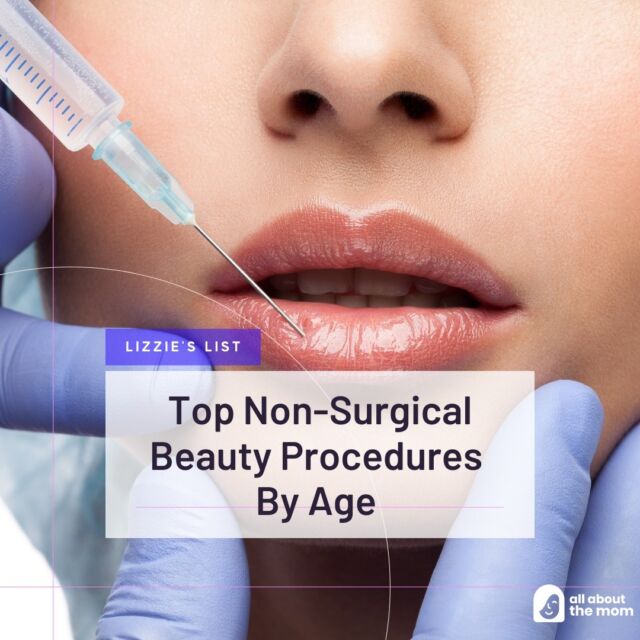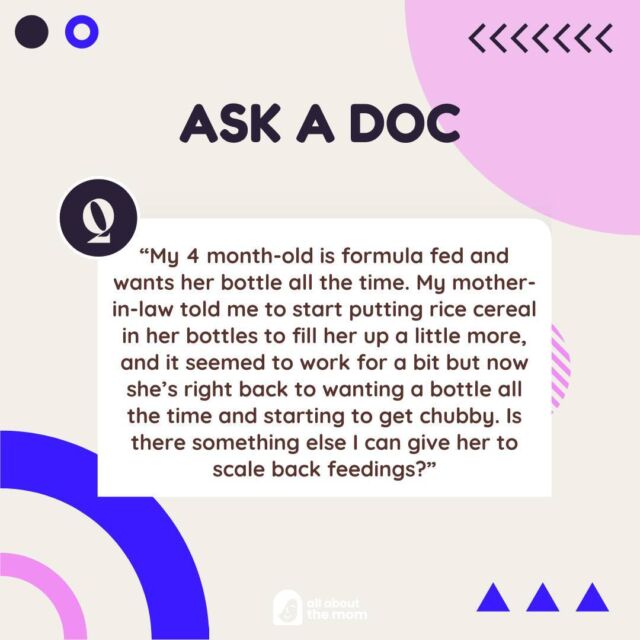What is eczema and how do I know if my child has it?
Atopic dermatitis, or eczema, is an inflammatory skin condition that may cause skin to become dry, rough, and scaly. It is surprisingly common and affects close to 30% of the US population.
In infancy, eczematous patches of skin frequently occur on cheeks, scalp, and the extensor surfaces of skin. In school aged children, we tend to experience flares on our flexural surfaces (the inside of our elbows, knees, wrists) and ankles.
There are both environmental and genetic factors that can contribute to eczema. A strong family history is a big risk factor for the development of the condition, as up to 70% of patients with eczema have family members who suffer from it.
Eczematous skin may be diffusely dry and scaly. The rash may also consist of itchy, red papules and fluid filled blisters. Let your pediatrician know if your child’s skin continues to be red, scaly or bumpy despite the use of emollients. When atopic derm worsens significantly, the skin barrier becomes weaker and more predisposed to both fungal and bacterial infections.
Emollients create a healthy protective barrier. This maintains the integrity of the skin and prevents infection. Topical steroids, when used as directed by your doctor can be incredibly healing and transformative.
To prevent eczema exacerbations I always suggest hypoallergenic products that are fragrance-free. Using a detergent that is also gentle and free of dyes can have a major impact on reducing skin irritation.

















